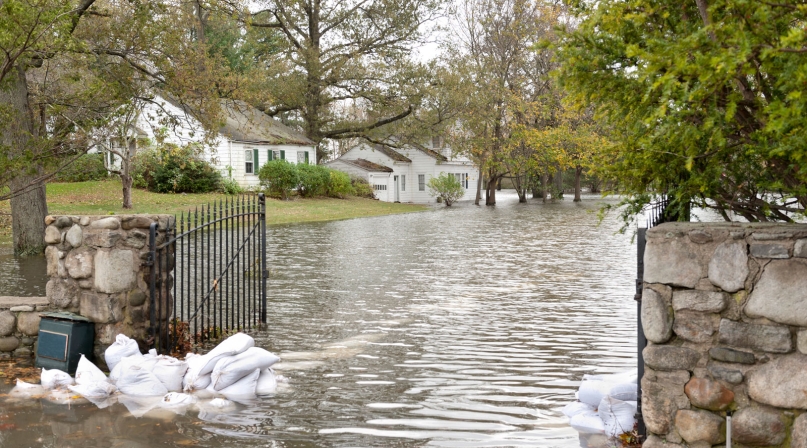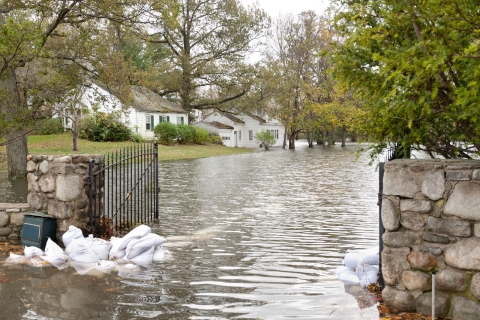National Flood Insurance Program extended two weeks through June 14
Author

Brett Mattson
Upcoming Events
Related News

Key Takeaways
On May 30, the U.S. House of Representatives approved a two-week extension (S.1693) of the National Flood Insurance Program (NFIP) by voice vote, ensuring passage before the May 31 deadline. The House action follows the U.S. Senate passing the legislation on May 23. President Trump officially signed the bill into law on May 31.
Once Congress returns from the Memorial Day recess, the House is also expected to clear a separate $19.1 billion disaster aid package (H.R. 2157), which would further extend the NFIP deadline until September 30, 2019. This would provide lawmakers additional time to work towards a long-term reauthorization of the program, which has seen 10 short-term extensions since 2017.
NFIP was created under the National Flood Insurance Act of 1968 to provide insurance coverage to property owners for damages and losses due to catastrophic flooding. Counties across the country utilize funding administered through the NFIP to develop mitigation plans to better prepare for future flooding. Any lapse in the program would leave counties unable to effectively plan and implement a workable budget.
NACo supports a long-term reauthorization of NFIP and will continue to work with our champions in Congress to emphasize the importance of the program to our residents.

Attachments
Related News

County officials moonlight in search and rescue roles
For some county officials, participating in search and rescue operations is another way to serve their communities, and make it safer for people to enjoy natural recreation resources.

SUPPORT Reauthorization Act of 2025: What it means for counties
On December 1, the bipartisan SUPPORT for Patients and Communities (SUPPORT) Reauthorization Act of 2025 (H.R. 2483) was signed into law. The reauthorization renews vital federal funding for programs that seek to prevent opioid overdoses and expand treatment and recovery options.

DHS releases FY 2026 funding opportunities for World Cup and Counter-UAS grants
The U.S. Department of Homeland Security (DHS) and the Federal Emergency Management Agency (FEMA) have released the FY 2026 Notices of Funding Opportunity (NOFOs) for two major new homeland security grant programs: the FIFA World Cup Grant Program and the Counter-Unmanned Aircraft Systems (C-UAS) Grant Program.